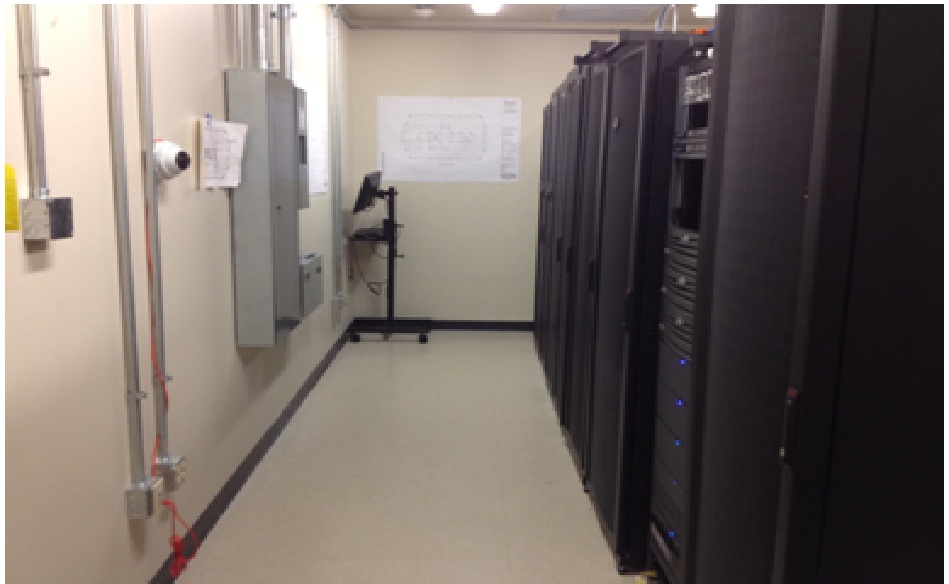Data Center Move: the Good, the Bad, and the Ugly
Like many of us in IT, my old server room was more patched then planned. When I started in 2004, the server room was a mere closet with a few servers in one rack. My firm had three offices and 45 attorneys. Fast forward to 2010 we were up to 120 attorneys and six offices which resulted in three racks of servers and a SAN. The server room had been expanded quickly by tearing down a wall but the cabling, cooling, electrical, and rack locations resulted in an ugly hodgepodge server room. People would ask to see my server room and I would just change the subject. This was all about to change….rumors started flying- an office move was on the table. Sure enough the news arrives, new office lease is signed, get ready to move!
The Good: Time to plan, I had seven months before the move and there was no existing server room. I thought about using the cloud but part of the lease included a new server room.
The excitement, finally a server room I can plan out from scratch. Working with the owner and architect I got a nice 23’ by 12’ rectangle shaped room to fit eight racks side by side in the middle of the room. This gave me three feet in the front and three feet in the back of the racks to get around and work.
Lastly, I had a chance to re-cable, re-stack the servers, and install proper cooling. I found a great solution for moving desktops, I went to the local IT training center and hired 10 students to assist in setting up workstations. This was a win, win solution. It was a lot cheaper than official IT moving companies and the students got some good experience.
The Bad: Since all my racks were in a row I decided to have a hot aisle and cool aisle to maximize cooling efficiency. This is where it gets a little foggy; you see some details of the lease were based more on a handshake then on paper. The building owner agreed to build the server room, provide cooling, electrical and connect us to his generator. I sent all the heat loads and we bounced back and forth for months. Compromise is sometimes necessary. I needed two 6 ton units and finally agreed to two used 8 tons units. One month before the move we were told the building’s generator could not support the load of the server room. Compromise again, building will upgrade the generator to support us.
The Ugly: The curve ball it seems every project has, you just never know where or when, is when the unexpected happens. For me it was the fire code vs. the FM200 fire suppression system. This issue came very close to delaying the entire office move. Does this room meet fire code? Can you use drop down ceilings with FM 200 system? The term “survivable fire suppression system” is brought up. How thick must the walls be? The solution was to double sheetrock walls and ceilings to provide the necessary two hour fire rating. Because of this delay I had electrical, air, and wiring all working at the same time in order to meet the deadline for the move (see pic below). It was like a game of twister gone horribly bad.

We started the move on a Friday afternoon shutting all services down. I broke my staff up into groups: circuits/networking, desktops, and servers. First thing to move was the routers and phone system to make sure the data and phone circuits cutover was successful. Next my staff monitored transportation of desktops by the moving company. Lastly my engineers supervised the transport of servers and SAN. Yes, we had lots of small issues and got little sleep but it was nice to see everyone working Monday. Server room final look:

My 10 tips for those about to move the data center:
- Data backups and DR planning, no brainer.
- Key areas to cover for the new data center: electrical, cooling, fire suppression and data wiring.
- Try to cut out other projects as much as possible, moves take a lot of time and energy.
- If moving a SAN, check with the company. Some require having a certified engineer on sight for the move to maintain warranty.
- Data and phone circuits: make sure your provider is aware of the move date at least three months out. Check periodically to make sure the new lines are being installed. At the time of the cutover, get everyone involved on the phone (or onsite), even the sales rep to hold them accountable.
- Change of address: make sure all your vendors get updated. You do not want a replacement parts going to the old location.
- Whiteboard the move and give your staff specific responsibilities with timelines. Keep yourself as a floater; do not get bogged down in one area. As the move happens small fires pop up and you need to give direction.
- Desktops: give users maps of their space so they can draw out how they want the desktop set up to be.
- Update scripts for printer changes.
- Enjoy, moves can be fun. It breaks up the monotony of sitting behind a desk all day.